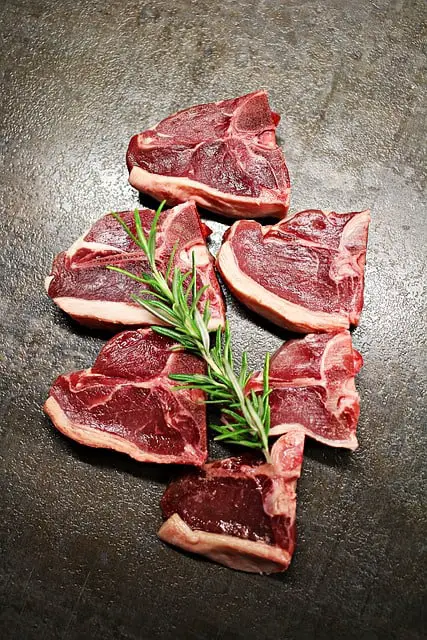Tarragon and rosemary can be combined together in cooking. Tarragon has a sweet and slightly licorice-like flavor, while rosemary has a pungent and pine-like flavor, so they can create a complementary and complex flavor profile when used together.
When combining tarragon and rosemary, it’s best to use them in moderation, so that one flavor does not overpower the other. They can be used in marinades, rubs, and sauces for meats like chicken, beef, and lamb, as well as in dressings for salads. They can also be added to roasted or sautéed vegetables for extra flavor.
Overall, tarragon and rosemary are versatile herbs that can be used in a variety of dishes to add depth and complexity to the flavors.
Dishes That Combine Tarragon And Rosemary
Here are some dishes that combine tarragon and rosemary:
- Roasted Chicken: Rub a mixture of chopped tarragon, rosemary, garlic, lemon zest, salt, and pepper under the skin of a whole chicken before roasting in the oven.
- Grilled Lamb Chops: Combine minced tarragon and rosemary with olive oil, garlic, salt, and pepper to create a marinade for lamb chops. Marinate the lamb chops for a few hours before grilling.
- Baked Fish: Place a piece of white fish like halibut or cod on a bed of sliced lemons and sprinkle with chopped tarragon, rosemary, salt, and pepper. Bake in the oven until the fish is cooked through.
- Potatoes: Toss diced potatoes with olive oil, minced tarragon, chopped rosemary, salt, and pepper. Roast in the oven until crispy and golden brown.
- Salad Dressing: Whisk together tarragon vinegar, olive oil, Dijon mustard, honey, chopped rosemary, salt, and pepper to create a flavorful dressing for a green salad.
Tarragon and rosemary can be used in a variety of dishes, from meats and fish to vegetables and salads, to add a touch of herbaceous flavor.
Tarragon And Rosemary Comparison
| Tarragon | Rosemary | |
|---|---|---|
| Flavor Profile | Sweet, slightly licorice-like | Pungent, pine-like |
| Usage | Commonly used in French cuisine, particularly with chicken, fish, and egg dishes | Commonly used in Mediterranean cuisine, particularly with lamb, pork, and potatoes |
| Culinary Applications | Used fresh or dried, in sauces, dressings, marinades, and rubs | Used fresh or dried, in meat dishes, roasted vegetables, soups, and stews |
| Nutritional Benefits | High in antioxidants, may help regulate blood sugar levels and improve digestion | Contains anti-inflammatory and antimicrobial properties, may help improve brain function and circulation |
| Other Uses | Medicinally used to treat insomnia, anxiety, and digestive issues | Used in aromatherapy for its calming and stress-reducing effects |

